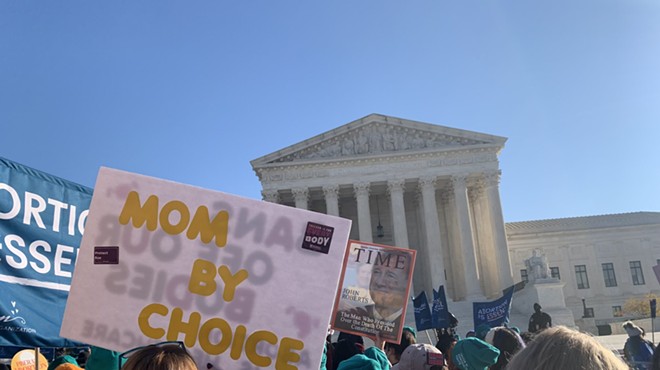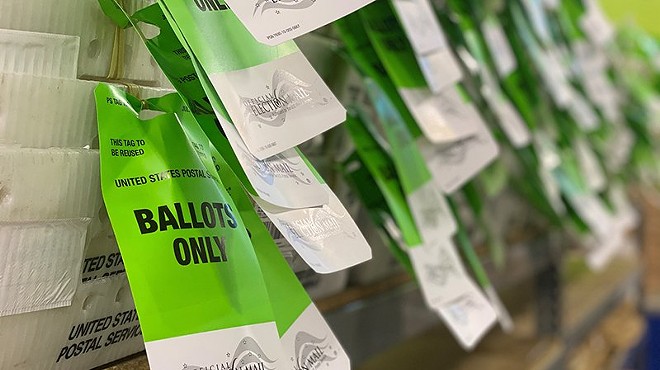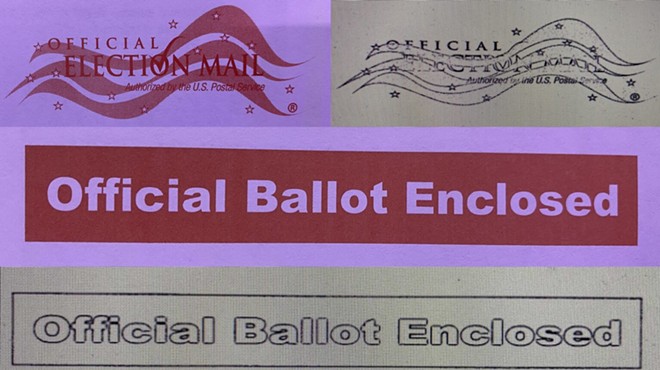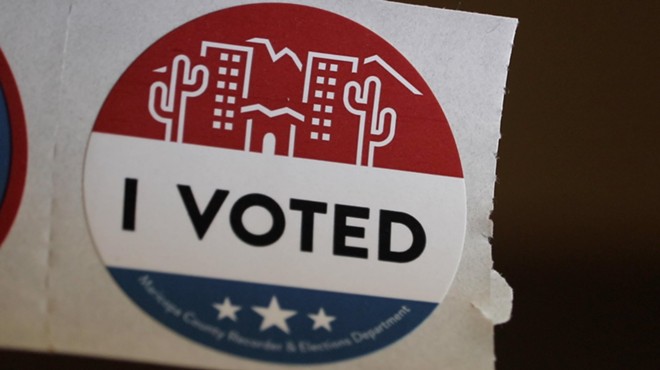Wednesday, April 20, 2016
It's Time Once Again to Take a Look at This Year's "Best High Schools" List
It's that time of year again, when U.S. News & World Report declares which are the best high schools in the nation. As usual, BASIS charter schools did great, taking Number 2 (BASIS Scottsdale), Number 3 (BASIS Tucson North) and Number 6 (BASIS Oro Valley). TUSD's University High was ranked Number 24.
So, BASIS schools do a great job of educating students and University High does a damn good job, right? Well, not so fast. I'm sure they all give their students a good education, but that's not what this ranking measures. It measures how many students at those schools took AP exams and how well they scored. The stronger the student body is academically and the more AP exams they're required to take, the better the rankings.
A casual reading of the Star article on the subject makes it sound like a number of variables go into creating a school's score: performance on the state test, performance of minority and low-income students, and graduation rates, all of which are combined with student participation in and performance on either AP (Advanced Placement) or IB (International Baccalaureate) tests.
But that's not exactly true. That's like saying a boxing match is decided by the boxer's weight and how he did on a drug test along with his performance in the ring. Sure, the boxer needs to make weight and pass a drug test to make it into the ring, but once he's there, it's all about the mano a mano matchup with his opponent. In the same way, the schools have to pass the state test, minority/low income performance and graduation criteria, but once they do, it's all about a test-to-test comparison of the students on the AP or IB tests. You can read about the methodology here.
Schools are ranked based on the number of seniors who took an AP or IB test sometime in their high school careers. At BASIS, that's everyone. Students are required to take at least six AP exams to graduate, so the three BASIS schools got a 100 percent score, along with 14 other schools. Within the 100 percent group, the students' level of success on the tests determines the final ranking. It's not much of a surprise that BASIS seniors would do exceptionally well on the AP tests. BASIS schools begin with a select crop of students (yeah, it's a lottery system, but an informal selection process makes sure most of the students who attend are at or near the top of their grades academically), then they weed out the weaker students as the years go by. Since this year's "best schools" ranking is based on the 2013-14 school year, let's take a look at BASIS Tucson North's class of 2014. When the class of 2014 at BASIS Tucson North was in the sixth grade, it had 95 students. In the ninth grade, that number was cut almost in half, to 55 students. By senior year, only 40 students were left. You can bet those 40 students were top flight, hard working students who aced lots of the six or more AP tests they took.
University High had a 97.8 AP participation rate, 2.2 percent lower than the three BASIS schools. That small difference is what put it at Number 24.
Naturally, BASIS.ed, the for-profit Educational Management Organization that oversees the schools, has already put out its email to the press bragging about the rankings. No doubt, TUSD will do the same with University High if it hasn't already. But the rankings do little more than state the obvious: that schools with top students who take AP and IB exams are going to do great in a ranking that depends on how students did on AP and IB exams.
So, BASIS schools do a great job of educating students and University High does a damn good job, right? Well, not so fast. I'm sure they all give their students a good education, but that's not what this ranking measures. It measures how many students at those schools took AP exams and how well they scored. The stronger the student body is academically and the more AP exams they're required to take, the better the rankings.
A casual reading of the Star article on the subject makes it sound like a number of variables go into creating a school's score: performance on the state test, performance of minority and low-income students, and graduation rates, all of which are combined with student participation in and performance on either AP (Advanced Placement) or IB (International Baccalaureate) tests.
But that's not exactly true. That's like saying a boxing match is decided by the boxer's weight and how he did on a drug test along with his performance in the ring. Sure, the boxer needs to make weight and pass a drug test to make it into the ring, but once he's there, it's all about the mano a mano matchup with his opponent. In the same way, the schools have to pass the state test, minority/low income performance and graduation criteria, but once they do, it's all about a test-to-test comparison of the students on the AP or IB tests. You can read about the methodology here.
Schools are ranked based on the number of seniors who took an AP or IB test sometime in their high school careers. At BASIS, that's everyone. Students are required to take at least six AP exams to graduate, so the three BASIS schools got a 100 percent score, along with 14 other schools. Within the 100 percent group, the students' level of success on the tests determines the final ranking. It's not much of a surprise that BASIS seniors would do exceptionally well on the AP tests. BASIS schools begin with a select crop of students (yeah, it's a lottery system, but an informal selection process makes sure most of the students who attend are at or near the top of their grades academically), then they weed out the weaker students as the years go by. Since this year's "best schools" ranking is based on the 2013-14 school year, let's take a look at BASIS Tucson North's class of 2014. When the class of 2014 at BASIS Tucson North was in the sixth grade, it had 95 students. In the ninth grade, that number was cut almost in half, to 55 students. By senior year, only 40 students were left. You can bet those 40 students were top flight, hard working students who aced lots of the six or more AP tests they took.
University High had a 97.8 AP participation rate, 2.2 percent lower than the three BASIS schools. That small difference is what put it at Number 24.
Naturally, BASIS.ed, the for-profit Educational Management Organization that oversees the schools, has already put out its email to the press bragging about the rankings. No doubt, TUSD will do the same with University High if it hasn't already. But the rankings do little more than state the obvious: that schools with top students who take AP and IB exams are going to do great in a ranking that depends on how students did on AP and IB exams.
Tags: BASIS Scottsdale , BASIS Tucson North , BASIS Oro Valley , U.S. News & World Report Best High Schools list











